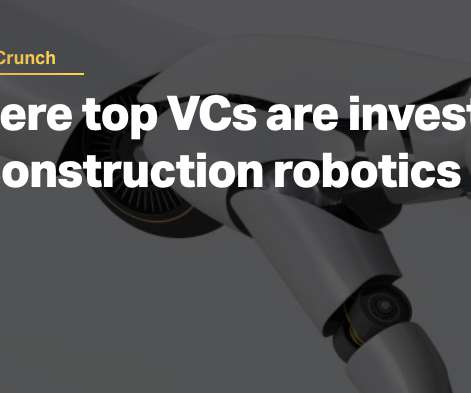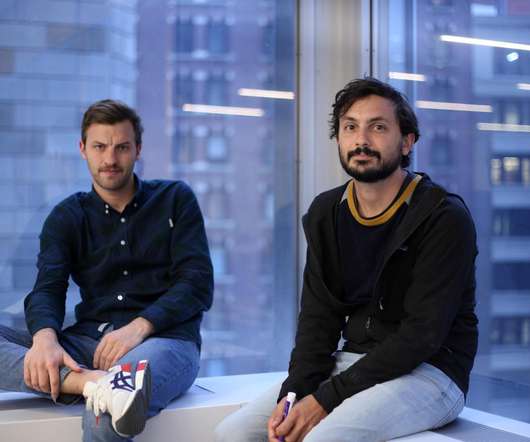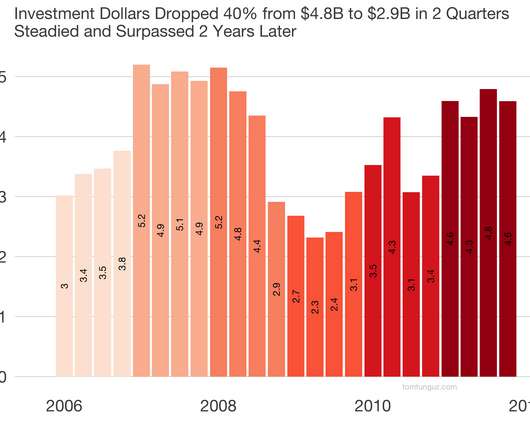A Seed Fund Grows in Brooklyn: Announcing Brooklyn Bridge Ventures
This is going to be BIG.
JANUARY 17, 2012
I am ecstatic to announce the creation of Brooklyn Bridge Ventures --my new seed investment fund. It is the first venture capital fund based in Brooklyn--the city’s most exciting and creative borough. I’m looking forward to continuing the dialogue about Brooklyn Bridge Ventures and furthering our community together.







































Let's personalize your content